THIS week’s property review includes this wrap-up of interesting recent listings across the country, and a separate article of recently completed sales of note.
- Sale of Maryfield and Limbuyna deferred
- FNQ cattle station offered with 1000 head
- Two properties return to the market
- Rarely seen scale in Central NSW
- Coonamble’s Cresline presenting well for spring
- Scenic Gawler Ranges dorper operation
- Exclusion fenced blocks in southern QLD
- Diversity on Bourke’s Youngerina
- Western NSW’s Wendi ideal start up block
Sale of Maryfield and Limbuyna deferred
The sale of major Northern Territory grazing properties Maryfield and Limbunya has been deferred.
In November last year, Colin Ross from North Star Pastoral offered the highly productive cattle breeding, backgrounding and finishing facilities to the market, with around 60,000 head of Brahman cattle.
Together, they were expected to achieve more than $150 million.
The 2000sq km Maryfield is located on the edge of the Barkly Tableland, north of Daly Waters, while the 5222sq km Limbunya is in the heart of the Victoria River District, towards the Western Australia border.
In February, joint selling agents Olivia Thompson from Nutrien Harcourts and Danny Thomas from Ulupna Pastoral Co (UPC) had narrowed their search to a short list of potential buyers. However, just last week, it is understood a deal that was close to being struck fell through.
Olivia Thompson said despite the excellent interest, none of the interested parties could actually complete.
“Property inspections have been hampered by the current COVID restrictions and several potential international buyers have been prevented from competing,” she said.
No doubt, both the vendor and the selling agents will be monitoring the sale results of the other Top End properties in the coming months.
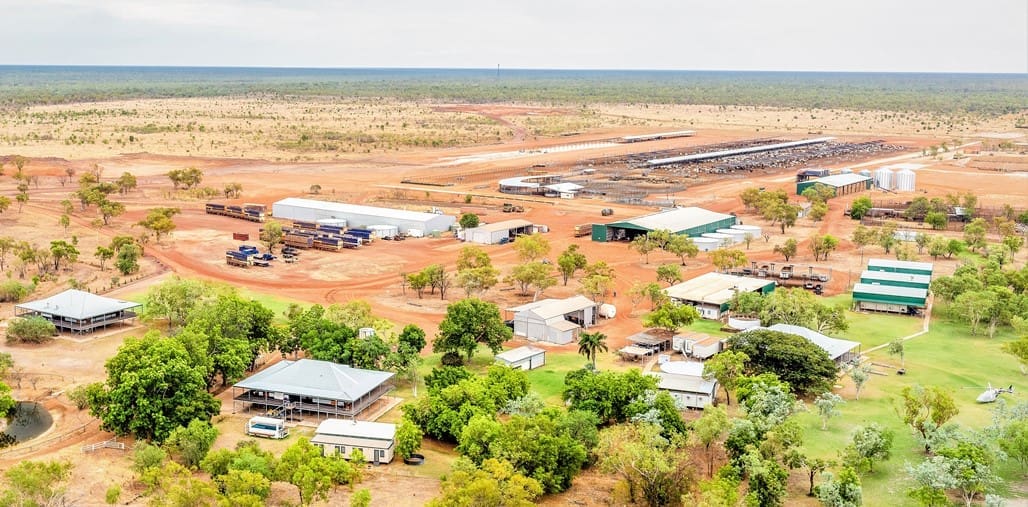
The intensive cattle feeding facility on Mayfield can be clearly seen top right in this image
FNQ cattle station offered with 1000 head
There has been good interest in one of Australia’s most northerly cattle stations which is being offered to the market with 1000 head of mixed cattle.
The 131,900ha Bramwell Station, located northeast of Weipa or 240km from the tip of Cape York, was first taken up in the early 1930s as a pastoral lease by Frank Monighan, who then sold it to Coen’s Rod Heinemann.
Mr Heinemann jointly held the station with Rosie and Jack Kennedy until 2002, when it was taken up by beef producers Vince Bowyer and Wendy Kozicka.
Four years ago, the couple bought the large, underdeveloped cattle breeding opportunity, Strathleven Station, also on the Cape York Peninsula, for around $3.5m, where they will now focus their efforts.
Bramwell, situated within the Great Barrier Reef Catchment, is a diversified enterprise offering a wide variety of services to the Cape York Peninsula. The business is underpinned by an established roadhouse, tourist park, carbon sequestration project and a pastoral operation.
The environmentally significant landholding boasts undisturbed wild river catchments, diverse wetlands, grasslands and country that is home to rare and endangered species of flora and fauna.
It is being offered for sale by online auction by JLL and Adcock Partners Property & Livestock on August 11.
The Bramwell Station Earthmoving Contracting business, one of the Cook Shire’s major roadworks crews since 2003, will be made available to the successful purchaser.
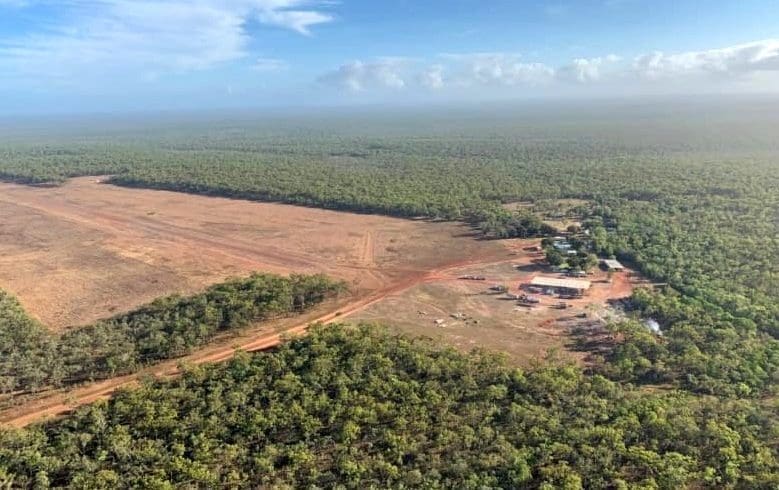
There has been good interest in Bramwell Station, one of Australia’s most northerly cattle stations, which is being offered to the market with 1000 head of mixed cattle.
Rarely seen scale in Central NSW
Rarely seen scale in New South Wales’ Central Tablelands has returned to the market via expressions of interest with Ray White Emms Mooney.
The historic mixed farming enterprise Catombal Aggregation, spanning 2912ha, is located in the highly-regarded, safe and reliable rainfall district of Cumnock, 40km from Molong and 75km north west of Orange.
The five adjoining properties once formed part of the Munro family’s 4407ha sheep, cattle and cropping holding which they settled in 1877 and sold in 2016.
Today, the Catombal Aggregation is owned by investment group, Rural Investor, who has decided to sell after the asset reached the end of its investment cycle.
The country on the five adjoining properties ranges from gently undulating cultivation to protected valley grazing, supporting between 26,000 and 28,000 DSE. Soils are a basalt and limestone derivative which transition from clay loams on the ridges to rich red basalt soils on the arable country.
The current management has extensively developed the existing water infrastructure, including new bores and pipelines and upgrading of header tanks and additional troughs.
A major fencing project has also been undertaken, with 30km of new fencing, including 10km of exclusion fencing.
This year’s winter crop, comprising 400ha of wheat, barley, oats and canola, will be included in the sale.
Selling agent Ben Redfern said good interest was coming from across the country, including city-based investors, local farmers and interstate producers looking to relocate.
Expressions of interest for the Catombal Aggregation, which is being sold bare of livestock and plant, closes on September 6.
https://www.youtube.com/watch?v=Zuaez4kPiII
Western QLD’s Marmboo
The tightly held western Queensland grazing operation Marmboo Station near Longreach has returned to the market for $328/ha or around $12.7 million.
Situated near Vergemont, 92km west of Longreach, Marmboo has had two owners since World War II, with Brendan and Deborah McAuliffe selling up to pursue other interests.
Marmboo was originally listed for sale in April 2019, passed in at auction and subsequently withdrawn in June following widespread rain.
The 38,558ha block features Mitchell, Flinders and buffel grasses and is being offered with a further 2023ha of stock route. It is suitable for both sheep and cattle and rated to carry 18,000 DSE or cattle equivalent.
The country is mainly undulating open downs, consisting of 25,000ha of good grassed country, more than 10,000ha of slightly lighter and not as quick to respond country, and 6000ha of slightly lesser quality country.
A strong feature of the property is its water security which the present owners have extensively upgraded. There are four bores, 71 troughs and 16 tanks, as well as 15 dams.
Peter MacPherson from Queensland Rural / Ruralco Property is handling the marketing and sale.
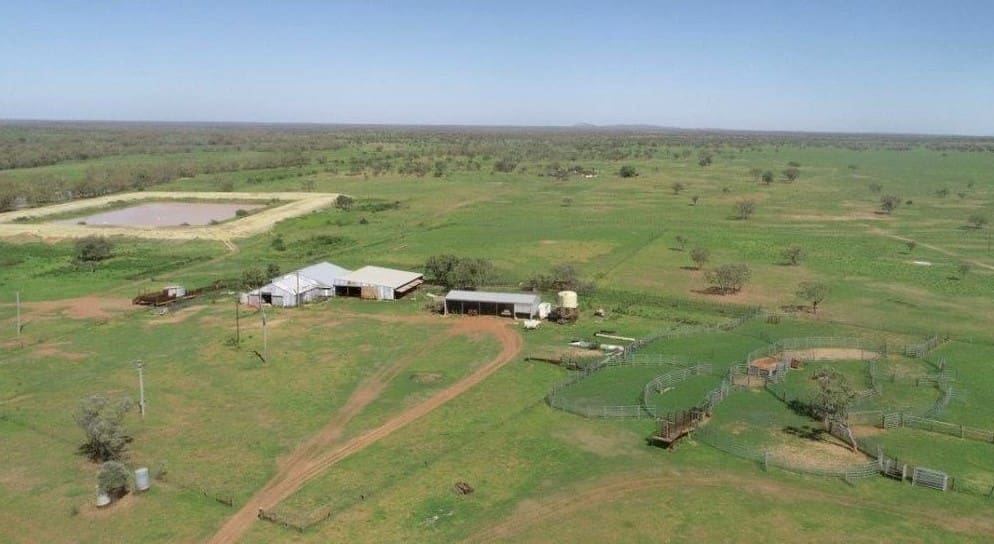
The tightly held western Queensland grazing operation Marmboo Station near Longreach has returned to the market for $328/ha or around $12.7m.
NT’s Middle Creek Station back on the market
The Northern Territory’s 60,200ha Middle Creek Station has returned to the market with a $16 million price tag.
Located in the Douglas-Daly region, 35km west of Larrimah and 200km south east of Katherine, it is being offered on a walk-in walk-out basis by Alison Ross at Elders Katherine.
The country on Middle Creek is a mix of open red woodlands and black soil Larrimah land systems that can run around 6000 head. The sale includes 4800 breeders plus followers and bulls.
The owner, a Katherine agriculturist, purchased Middle Creek in 2008 for $7.2 million bare and has developed it into a low-cost breeder operation, likely to attract investors or a family business.
Fencing and water have been spaced to allow no more than 5km radius for stock to water which includes upgraded water lines, tanks and troughs.
Coonamble’s Cresline presenting well for spring
Coonamble’s Cresline, in New South Wales’ central west, is being offered to the market for the first time in 92 years by Don McKenzie who has decided to retire.
Located 36km north of Coonamble and 200km north of Dubbo, the 2937ha property features highly versatile mixed grazing and farming suited to sheep, wool, cattle, cropping and fodder production. Around 603ha of crops (wheat, barley and oats) will be included in the sale.
The country consists of productive self-mulching grey loams, red clays and sandy loams, with year-round production of summer grasses, winter clovers and medics.
Cresline boasts quality improvements and is currently being run as a merino sheep and wool enterprise, with the addition of lamb production, cereal cropping and cattle. It is currently running 3000 breeding ewes plus progeny, together with cattle in season.
Cresline is well watered by bores, tanks, troughs and enlarged desilted dams, with a seasonal creek providing beneficial overland flooding.
Richard Gemmell from Elders said the property is presenting in extremely good condition.
“Plenty of rain will give the incoming purchaser a wonderful spring. Interest is coming from locals and outside the district, with some enquiry from Queensland,” he said.
Cresline will be auctioned on August 25.
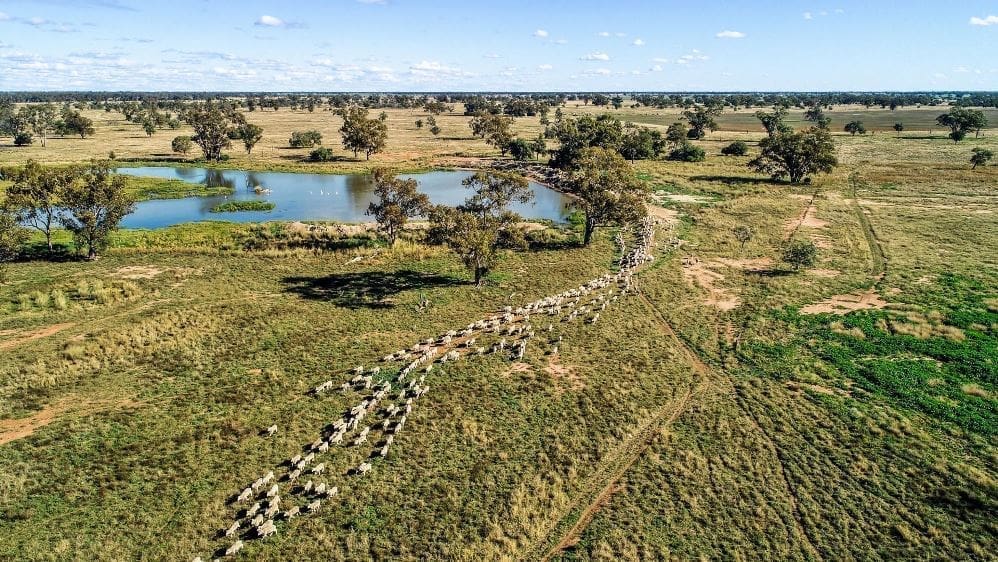
Located 36km north of Coonamble and 200km north of Dubbo, the 2937ha Cresline features versatile mixed grazing and farming suited to sheep, wool, cattle, cropping and fodder production.
Scenic Gawler Ranges Dorper operation
The picturesque Kondoolka Station in the heart of South Australia’s Gawler Ranges will be offered on a walk-in walk-out basis including 4500 Dorpers.
The 105,000ha breeding and fattening enterprise, which has 202km of boundary fencing, is situated 120km from Wirrulla and 340km from Port Augusta.
Rated to carry 8200 sheep equivalents, it is attracting interest from every state with the 4500 Dorper breeding ewes a strong drawcard.
It is likely to achieve around $4 million.
Kondoolka is presenting well after reasonable rain, giving the country a good start to the season. Over the last ten years, the vendor has invested considerable capital into improvements and working plant, allowing for less labour input.
Vendor Greg Baker, who is downsizing after winding up his pastoral assets, purchased earthmoving equipment for dam cleaning, a sheep handling machine and has made structural improvements for equipment storage, as well as a workshop.
Water on Kondoolka is captured by extensive natural rock walls, 15 man-made rock walls, as well as by dams, wells and tanks.
The productive pastoral holding also offers a commercial attraction boasting spectacular scenery and terrain.
Simon McIntyre from Nutrien Harcourts is handling the sale of Kondoolka which will be auctioned on September 15.
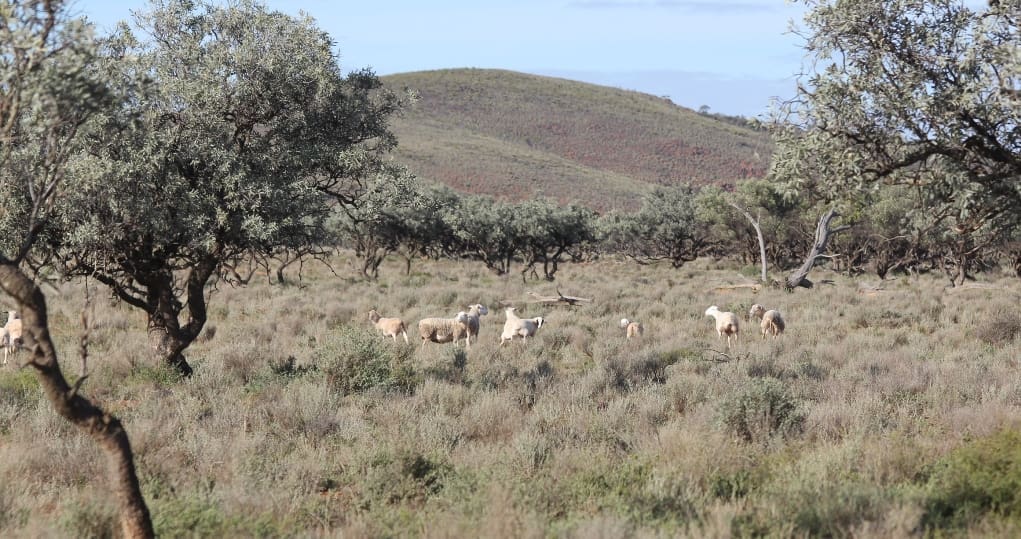
The picturesque Kondoolka Station in the heart of South Australia’s Gawler Ranges will be offered on a walk-in walk-out basis including 4500 Dorpers.
Exclusion fenced blocks in southern QLD – Plevna Downs East
After 86 years of single family ownership, John and Karen Elmes are selling their fully exclusion fenced Plevna Downs East, in south west Queensland.
Located 34km east of Augathella, the 6263ha property is currently running Certified Organic Dorpers, but is also suited to running 11,000 mixed sheep.
The country also lends itself to a breeding operation with an estimated carrying capacity of 1550 backgrounding cattle.
The country consists of developed scrub country and blacksoil downs growing prolific stands of buffel, Mitchell, Flinders, blue grass and an abundance of herbages in season. Around 890ha have been blade-ploughed and there is 150ha of cultivation country ready to plant with a summer crop.
Plevna Downs is watered by five bores, and eight dams with 38km of polyline supplying 50 concrete troughs.
Bruce Douglas and Mark Minnis from Ray White Rural are handling the sale of Plevna Downs East, which will be auctioned on August 27.
Exclusion fenced blocks in southern QLD – Challoner Park
The fully exclusion-fenced Challoner Park near the Queensland – NSW border is offering the incoming purchaser increased production potential.
The 20,800ha block is situated 110km west of Hebel and 210km south west of St George. Most of the country is productive flat to gently sloping plains, with predominantly soft red and grey soils.
Around 2500ha has beneficial flooding from the Mungallala and Wallum waterways.
Vendor Jason Gobbert, who has owned Challoner Park since 2005, has sown around 13,355ha to wheat, but the property is also suited to cattle, sheep and goats.
“The balance is open buffel and timbered areas which can be grazed. The exclusion fencing has been a magic improvement to the productivity of the farm which is now kangaroo free,” he said.
Challoner Park is watered by a bore, with the Whyenbirra Bore Scheme servicing six tanks and troughs.
An expressions of interest campaign is being run by North West Real Estate closing on August 19.
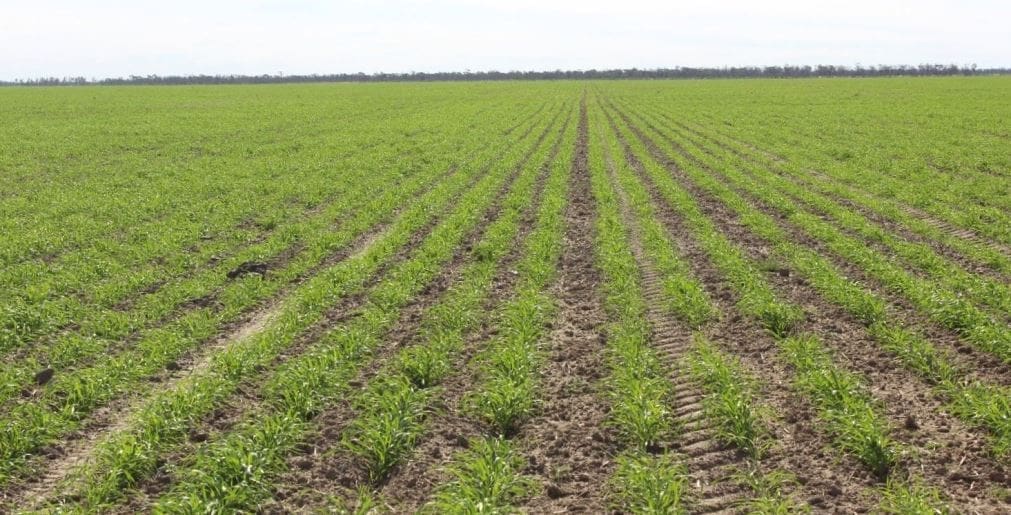
Vendor Jason Gobbert, who has owned Challoner Park since 2005, has sown around 13,355ha to wheat, but the property is also suited to cattle, sheep and goats.
Diversity on Bourke’s Youngerina
Dubbo stock and station agent Colin Hood and his wife Robin are winding up their western New South Wales grazing assets, listing Youngerina which they have owned for 23 years.
The 25,506ha property at Yantabulla, 108km northwest of Bourke, is suited to cattle, sheep, goats and carbon.
The country features sandy and sandy loam soils with stony ridges and outcrops, box and mulga flats with large areas of mulga that have been pulled.
It is carrying a large body of grasses and winter herbages that are rated to run up to 600 cattle or 5500 dry sheep equivalents.
The property is watered by five bores, five wells and five ground tanks.
Greg Seiler from Nutrien Harcourts said demand was extremely strong.
“I have fielded in excess of 20 inquiries a week from investors seeking carbon opportunities and from cattle and goat operators keen to expand existing operations,” he said.
Youngerina will be auctioned bare on August 19.
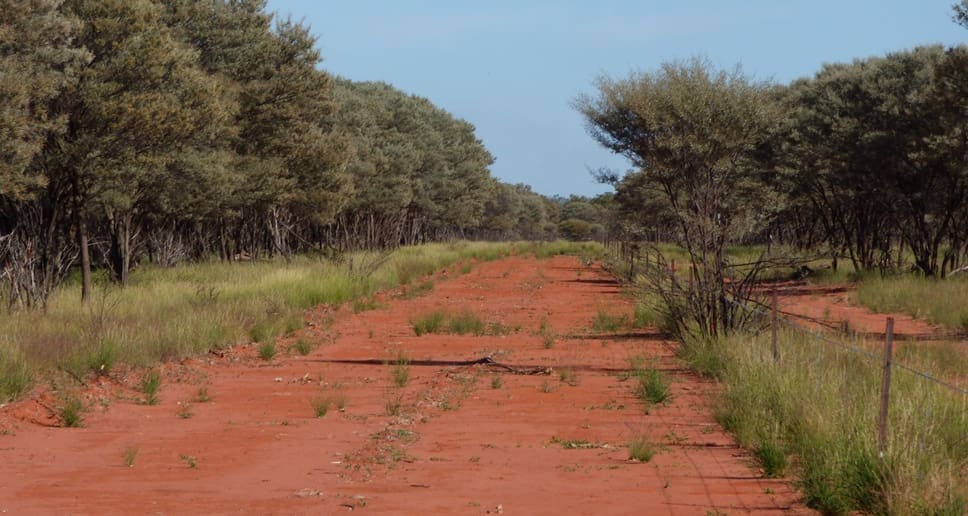
Dubbo stock and station agent Colin Hood and his wife Robin are winding up their western New South Wales grazing assets, listing Youngerina which they have owned for 23 years.
Western NSW’s Wendi ideal start-up block
There has been ‘unbelievable’ interest in Wendi Station, in New South Wales’ far west, with the market suggesting it will make between $160/ha to $186/ha or $5.4-$6.3 million.
The 33,789ha western land lease is located 20km from the Silver City Highway and 100km south of Broken Hill and is suited to both cattle and sheep.
For the past 40 years, Wendi Station has been owned by Mark and Chris Eglinton who are selling to retire.
Ben Finch from Elders said 30 parties inspected the property over 12 days.
“Most of the interest is coming from locals, Victorians, and producers from South Australia’s mid north looking for expansion. Many have been priced out of their region and are looking elsewhere.”
Mr Finch said Wendi lends itself as an ideal start-up block.
“It is a good first step into a pastoral enterprise. It is a manageable size with good infrastructure. It is very well fenced and well watered. As far as location goes, Wendi is not as isolated as some other pastoral properties.”
Primarily plains, Wendi features some gently undulating country, red loam and sandy soil with limestone outcrops. There is an abundance of feed following rain, with the vendors running around 3500 breeding ewes and 100 cows. The property is also well watered by eight fully equipped bores and three dams.
Wendi Station will be auctioned on July 29 with some plant and equipment.
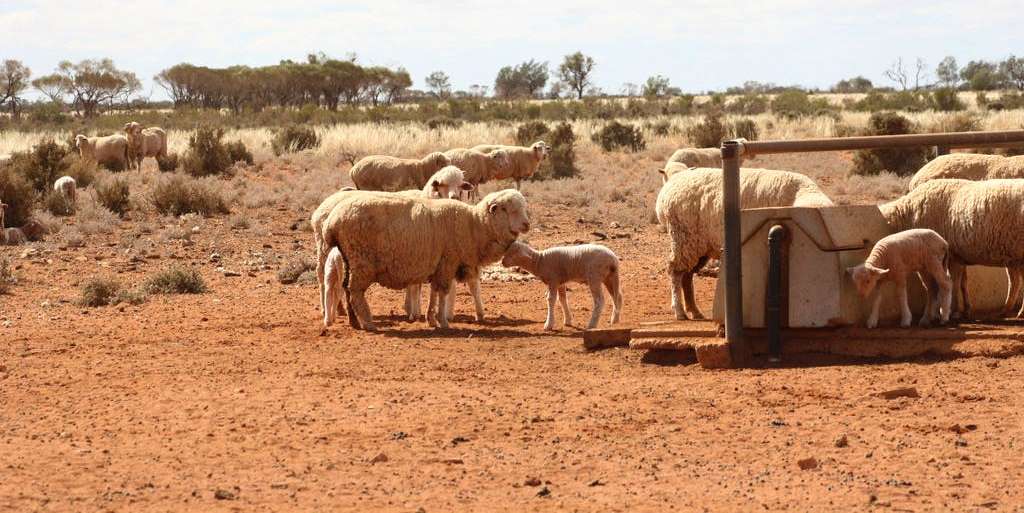
There has been ‘unbelievable’ interest in Wendi Station, in New South Wales’ far west, with the market suggesting it will make between $160/ha to $186/ha.
Click here to access more properties listed for sale
